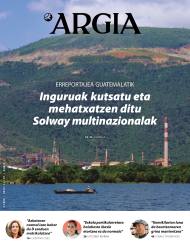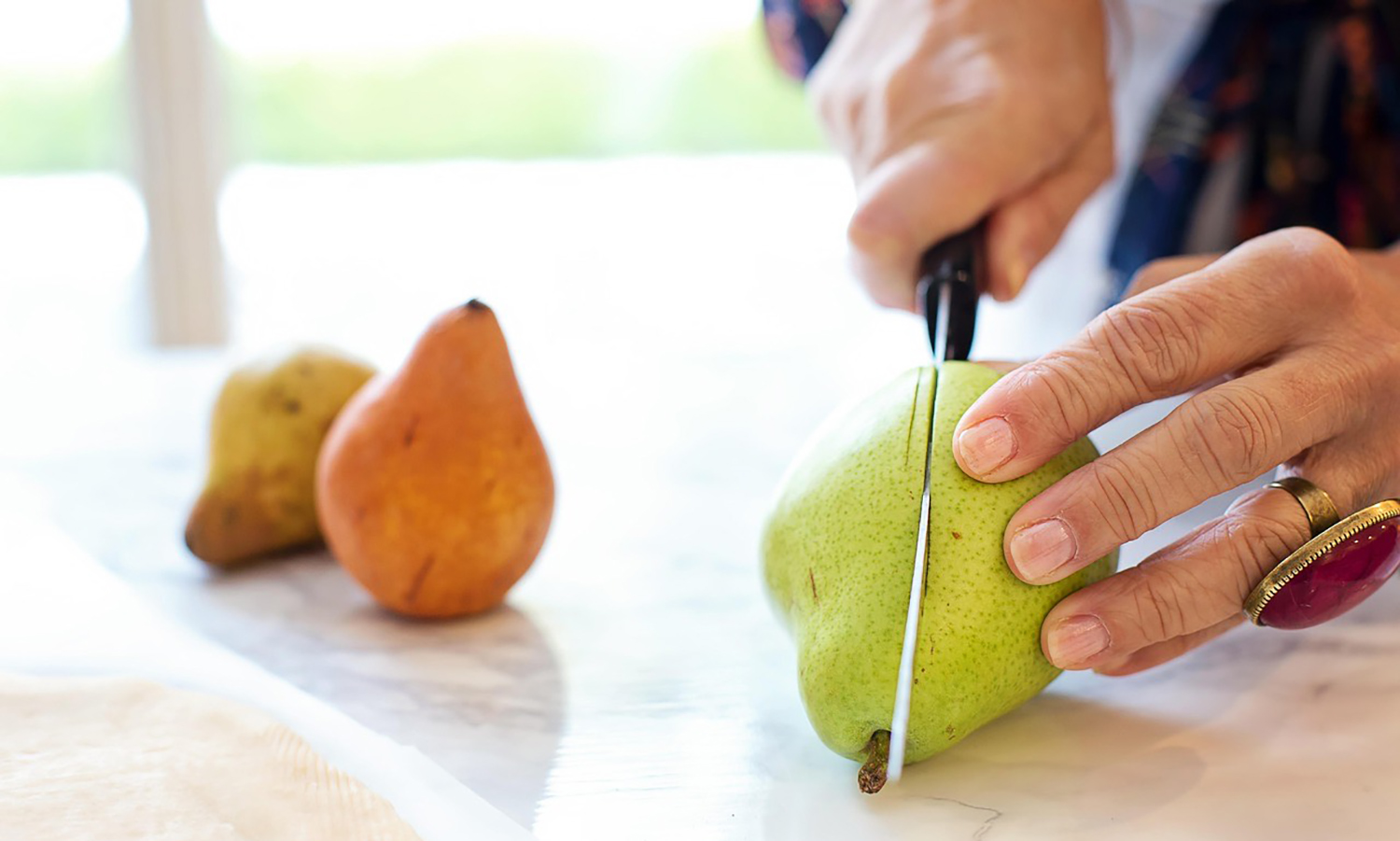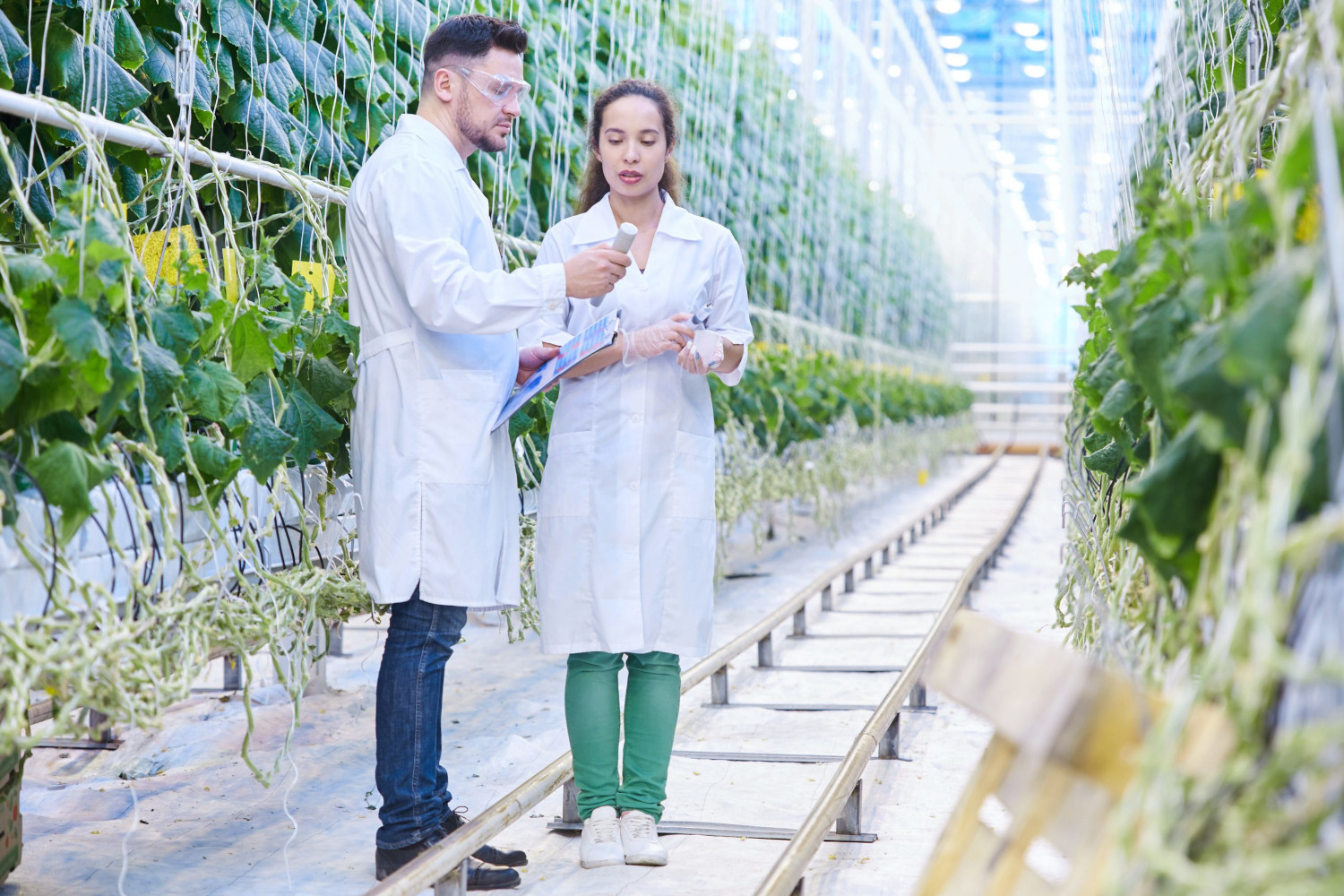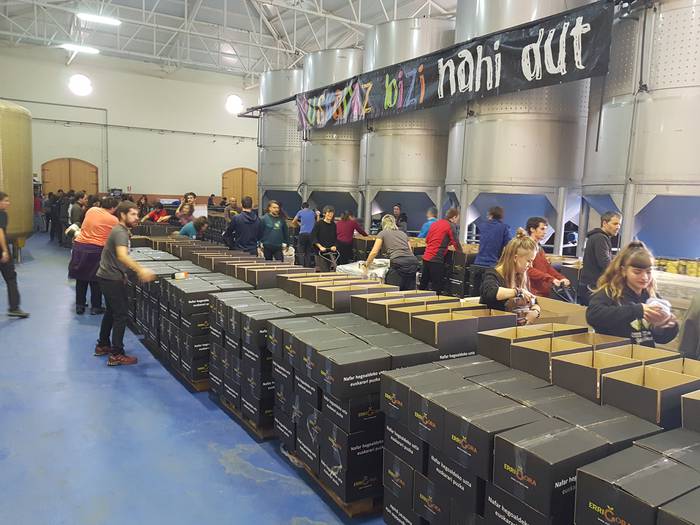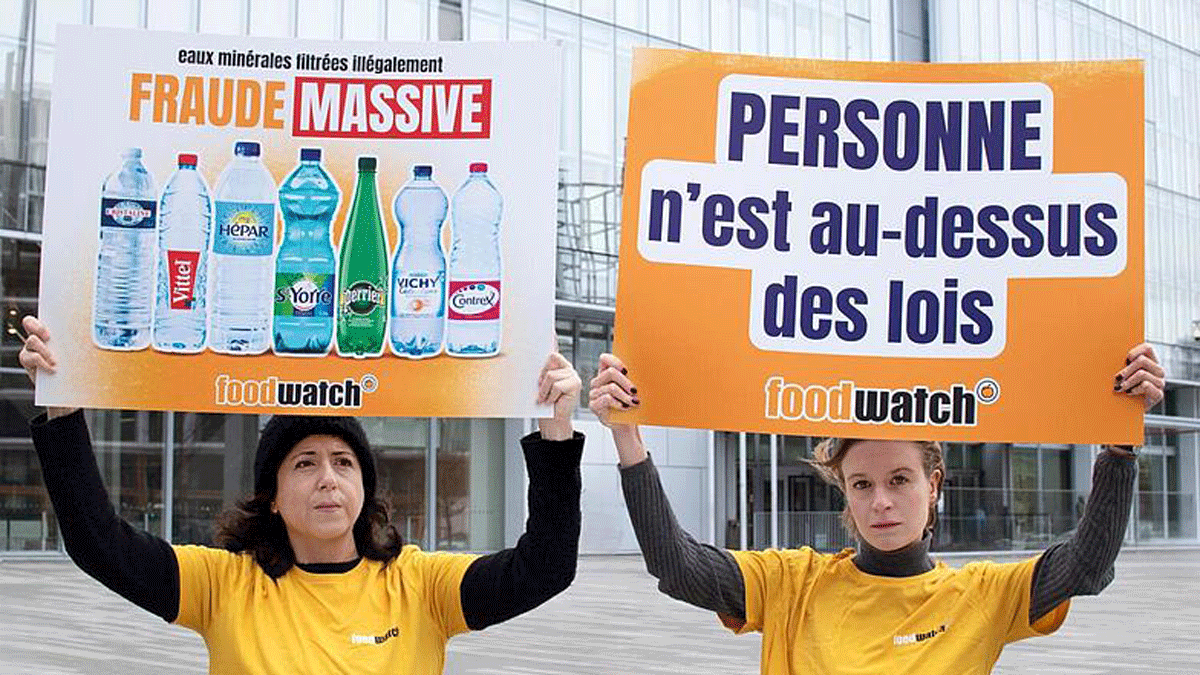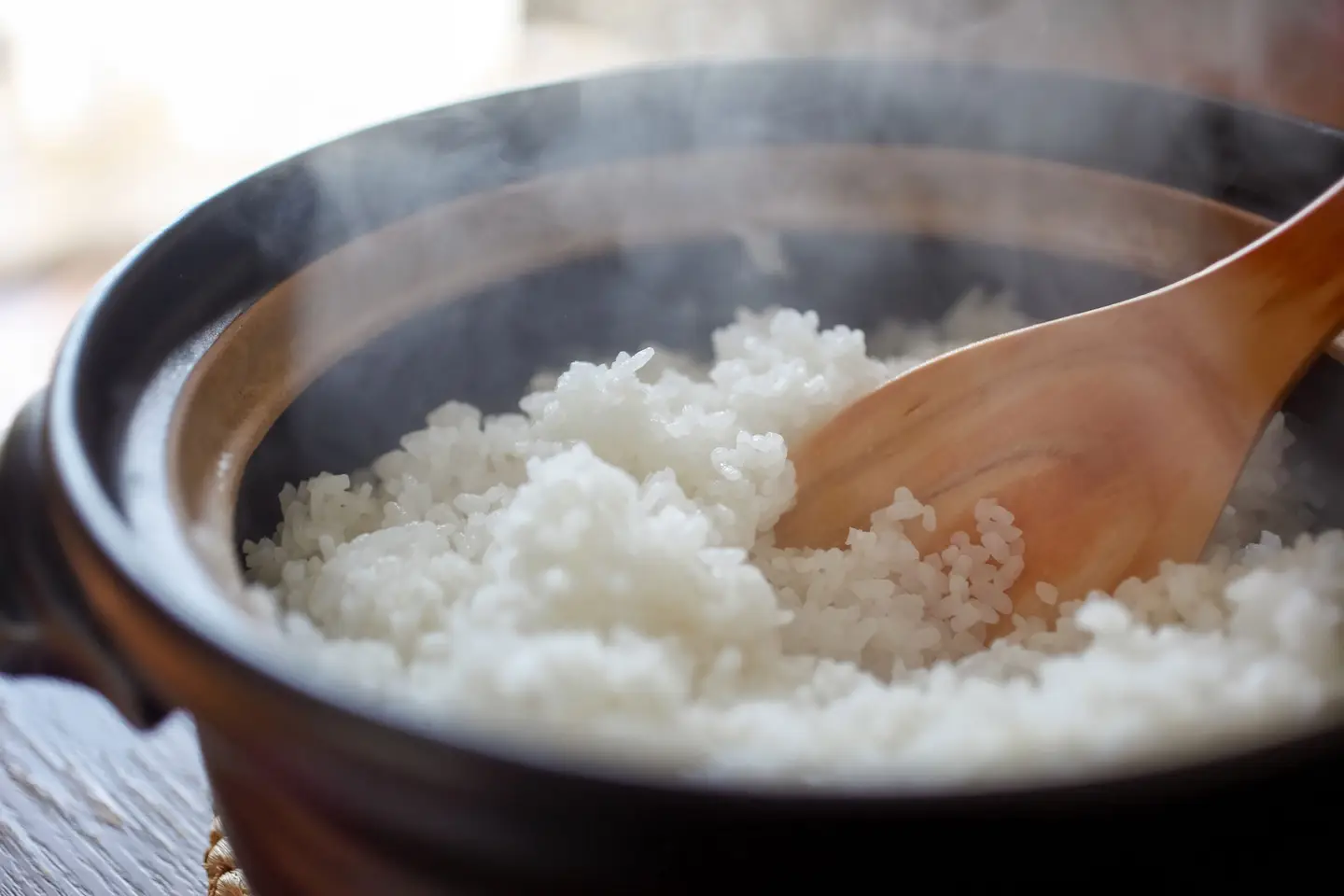Tunagate: Do you want some mercury with the salad?
- The population is excited by the amount of mercury found in tuna cans. According to a study carried out in Europe by Bloom, Carrefour, Intermarché, Mercadona, Aldi... all supermarkets market contaminated tuna. Industrial fishing has quickly underestimated these data. And that is that there is another problem behind which the main media will not show you: the pressure of lobbies to continue to infect us.

There have been 148 tuna cans in the form of a random draw in supermarkets in Germany, France, Spain, England and Italy. And after analyzing it in an independent laboratory, here we conclude that everyone has mercury. That's what Bloom and Foodwach have just shown in an investigation. According to the World Health Organization, mercury is among the ten most toxic products; according to the United Nations, its presence at sea has increased by 200 per cent since the beginning of industrialization. But the scandal has not exhausted the authorities too much, as the shadow of the powerful fishing industry and its lobby can be seen in the deep waters of Brussels.
In our auction and fishery we have put eleven names to the fish classified within the tuna genre: nice or white tuna (Thunnus alalunga); brown tuna, bluefin tuna or bluefin tuna (Thunnus thynnus); pajarita (Thunnus obsesus); yellowfin (Thunnus albacares)... Most of them are also marketed in canned cans, in large trade chains and in an industrial way. The study carried out at European level has analyzed these products and the title given to it by its authors is significant: Du poison dans le poisson. Chronique d’un scandale de santé publique (The poison in fish. Chronicle of a public health scandal).
The data are significant: in 10.3% of the cans analysed mercury appears above the limit set by European law for tuna, i.e. more than one milligram per kilo (1 mg/kg). In particular, this amount has been exceeded in fifteen cans, and in some cases the presence of polluting mercury is quadruple – in a Carrefour trade in Paris it has given 3.9 mg/kg. Furthermore, the general limitation for the rest of the marine fish in the European Union is even stricter (0.3 mg/kg), so, if taken into account, 57% of the cans studied would be above the law.
But the most serious thing is that, as has been said before, more or less, all cans are contaminated. It is not a goat's cough, given that tuna is the best-selling fish in Europe. In the French State, for example, tuna consumption per person is estimated at 4.9 kilograms per year. Most of them are caught in the Indian Sea, but also in the Atlantic and the Pacific.
.jpg)
Mix with selenium and... Voilà!
The fishing industry and food safety organisations have gone out into the streets to despise the results of the study. For example, in El País we have been able to read the words of the representatives of the janitor’s employers Aesan (Spanish Food Safety Agency) and Afanco-Cecopesca, saying that in their “thousands” inspections they have shown safe values, or that like the one with selenium, the body easily removes mercury. Elsewhere, as in Eroski's Consumer magazine, they say that tuna used for cans is smaller and has less mercury... In addition to these crazy arguments, the methodology of the research work has been questioned: “The report goes one way and does not correspond to reality,” said the chairman of the tuna management company Cepesca, Javier Garate. We'll talk about this person later.
The NGO Bloom, based in Paris, is known for its joint actions with Greenpeace and other similar groups. It has been investigating and denouncing the abuses that occur in the tuna fishing industry, such as widespread corruption or the slavery of fishing boats, in the series of Tunagate reports, and this time it has also put under the spotlight the business interests of the sector, with the cooperation of the German association Foodwach.
Two options: infecting us or not
“Since the 1970s, we have known for certain that tuna mercury is a serious public health problem. If a pregnant person eats poison, he or she will leave his or her blood to the navel, then to the baby’s brain, and cause serious harm.” Julie Guterman speaks hairless in his mouth. He is the main researcher of the report produced by Bloom and has wanted to face it through a short video hung on the social networks of the independent environmental environment of Ecoya, explaining how far the problem can go: “We have to deal with massive pollution in Mercury, because public authorities have worked hand-in-hand with the tuna industry to make this happen,” he said.
Guterman explains step-by-step how the authorities have behaved since half a century ago that tuna contained large quantities of mercury: “They had two options: either sharpen the limit of the amount of mercury allowed in tuna and take care of our health, or continue to market whole tuna with a tailor-made regulation, to sell tuna in any pollution.” It was clear that they opted for the second option.
Currently, while in the European Union there is a mercury limit of 0.3 mg/kg for cod, anchovy, sardine and similar species, for tuna there is a limit of 1 mg/kg, but no methods are used to measure the effects of mercury on the health of adults and children. “Is mercury in tuna not as toxic as that in cod or sardines? This is not logical,” he says. The problem is more serious if we take into account that this border is for fresh fish. According to the researcher, in conserving the gender is more concentrated, so there could be up to three times more mercury.
Bermeo to Brussels on board a boat
This unlogical exception can be explained, only by understanding the influence of lobbygism in the fisheries sector in the main food fora in Brussels and in the world. In the research work, the regulations developed for decades by the UN Agri-Food Organization (FAO) and the World Health Organization (WHO) have been contrasted, noting that many of the members of the expert committees that have drafted these standards have interests in the tuna industry.
“We have to deal with massive pollution in Mercury, because public authorities have worked hand-in-hand with the tuna industry to make this happen”
Julie Guterman, Bloom
In 1963, both institutions created the Codex Alimentarius Food Regulations Collection. In 1985, the committee updating this codex decided that for “some predatory fish,” including tuna, a mercury limit of 1 mg/kg was sufficient. According to Bloom, “one in three members of this paper was there to defend the interests of the industry.” This is how they behave with our health.
The environmental NGO makes reference in its report to many other avenues of pressure and similar ammonia. It has also been fixed on those who are at the top of the tuna industry, especially in the association Pesca España. What is your person? Javier Garat, our boss man.
Garat is a shareholder and secretary of the tuna company Albacora, S.A., based in Bermeo, and holds his positions here and there. For example, he is the president of Europêch, the “most powerful lobby” in the European fisheries sector. Europêche is known to oppose EU policies to reduce the loss of marine biodiversity. The climate research centre TrailersMap has placed mining alongside oil lobbies, which get the worst grade in the last week of study. People like Garat are the ones who run the strings of Brussels and their resonance boxes in the media.
Quiet... but you don't eat three cans a day
A few days after Bloom released its study on mercury and tuna in early November, Géraldine Woessner, the editor-in-chief of Le Point, one of France’s most right-wing and Islamophobic semanaries, wrote a strong message on the net: it’s a research fake and asked public media like France TV. He says we can be “quiet” because more tuna is eaten in Japan than anywhere else, and that we know that the Japanese are the champions of life expectancy... Doubts and discussions are over. In addition, the journalist explains in his message that nothing happens if “you swallow three cans of tuna” in a single day, the important thing is that the rest of the days play with meaning: “Bioaccumulation is what creates a long-term problem in the body.” At least she's been quiet, after she said it.
The damage of mercury became popular in the United States in the 1880s, when the disease of the Crazy Hats, common in the clothing industry for cleaning materials, spread. Since then, serious mass contagion has occurred: In the 1930s, the spill of a company in Minamata Bay in Japan caused thousands of people who ate fish to feel severely affected. In Iraq, in the 1970s, the population ate a cereal contaminated with methylmercury through ecology for breakfast.
At present, controls are thought to be stricter. And it's been a long time since the use of mercury to fill tooth decay. We know that methylmercury is a dangerous neurotoxic for children and that when it accumulates it can affect the nervous, cardiovascular and immune systems. We know it can cause carcinomas. We know this because we're not in the 19th century. Julie Guterman explains again: “What we are asking is for the poison to be removed from the shelves and for them to stop profiting in exchange for getting infected with mercury.” We are in the 21st century. We know that and you know that.
Andrea Velasko dietista eta nutrizionistak elikaduraren bidez menopausiak eragindako aldaketak kudeatzeko zenbait gako eman ditu.
Florentzia, 1886. Carlo Collodi Le avventure de Pinocchio eleberri ezagunaren egileak zera idatzi zuen pizzari buruz: “Labean txigortutako ogi orea, gainean eskura dagoen edozer gauzaz egindako saltsa duena”. Pizza hark “zikinkeria konplexu tankera” zuela... [+]
Udaberrian orain dela egun gutxi sartu gara eta intxaurrondoa dut maisu. Lasai sentitzen dut, konfiantzaz, bere prozesuan, ziklo berria hasten. Plan eta ohitura berriak hartu ditut apirilean, sasoitu naiz, bizitzan proiektu berriei heltzeko konfiantzaz, indarrez, sormen eta... [+]
“Hondakinik ez platerean!”. Hori zen kontsigna gure txikitako otorduetan. Janariak zeozer sakratu bazukeen, batez ere ogiak; lurrera erori eta, jasotakoan, musua eman behar zitzaion. Harik eta adin zozoan mamia baztertzeko moda etorri zen arte, lodiarazten zuelakoan... [+]
Bizkaigane elkarteak elikadura burujabetzan oinarritutako proiektua du Errigoitin (Bizkaia), 1983tik. Instalazioak dauden lur eremutik aterarazi nahi du lur jabeak elkartea. EHNE Bizkaia sindikatuak adierazi duenez, instalazioek lege eta administrazio eskakizun guztiak betetzen... [+]
Martxoaren 10etik 26ra izango da udaberriko kanpaina. 'Beste modura, denona de onura' lelopean arituko dira gertuko ekoizpena, banaketa eta kontsumoa babestu eta sustatzeko, ager zonaldean euskara hauspotzen duten bitartean. Apirila amaieratik aurrera jasoko dira... [+]
Euskal Herriko bi muturretatik datoz Itziar (Bilbo, 1982) eta Ekaitz (Erriberri, 2002), sortzen ari den Burujabetzaren Aldeko Mugimenduaren berri ematera. Euskal Herrian diren burujabetza prozesu ugariak arloz arlo bultzatu eta indartu nahi ditu BAMek. Lan horretan hasteko,... [+]
Ur kontaminatua ur mineral eta ur natural gisa saltzen aritu dira urte luzeetan Nestlé eta Sources Alma multinazional frantsesak. Legez kanpoko filtrazioak, iturburuko ura txorrotakoarekin nahasi izana... kontsumitzaileen osagarria bigarren mailan jarri eta bere interes... [+]
Emakume bakoitzaren errelatotik abiatuta, lurrari eta elikadurari buruzko jakituria kolektibizatu eta sukaldeko iruditegia irauli nahi ditu Ziminttere proiektuak, mahai baten bueltan, sukaldean bertan eta elikagaiak eskutan darabiltzaten bitartean.
Zuhaitza esnatzear dago, kimuak ageri dira adarretan. Gutxi falta da loraldirako, laster aro berria hasiko du, indarberrituta.







